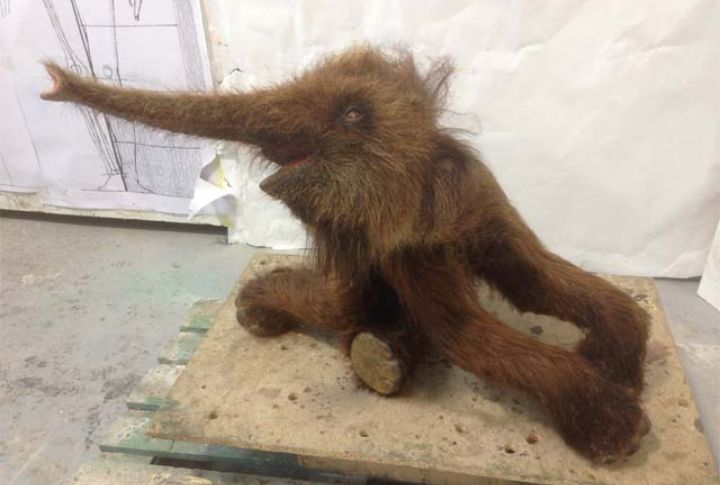
A cold silence once blanketed Siberia’s farthest corners. Now, that quiet is breaking open. As layers of ice-rich soil begin to thaw, frozen remnants of Earth’s distant past are surfacing. These aren’t mythical beasts, but real-life forms locked away for millennia. Let’s have a look at the reappearance of Ice Age creatures and what these finds reveal about the changing land.
50,000-Year-Old Woolly Mammoth Calf
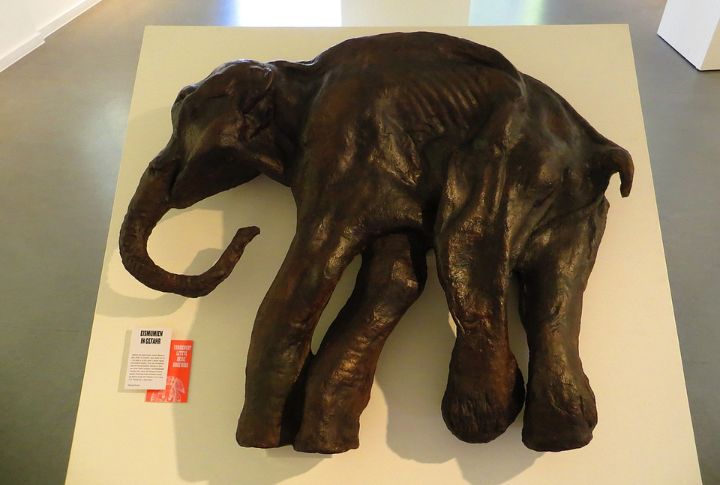
In Siberia’s Batagaika crater, one of the youngest mammoths ever found surfaced nearly whole. Its trunk, limbs, and even parts of the face were still soft. Estimated at just a year old, the preservation offers a rare glimpse of Ice Age infancy.
9,000-Year-Old Steppe Bison Carcass
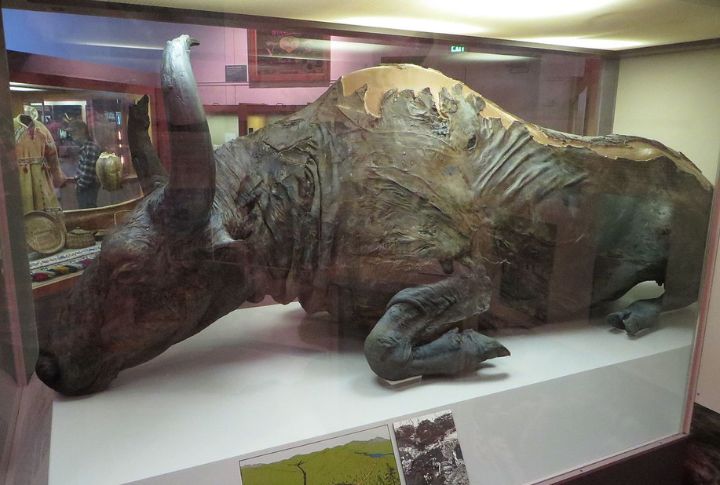
This one had a full stomach, and it appeared to scientists that the animal had starved. Found by Yukagir hunters on a remote lakeshore, the bison’s brain and body were almost unnaturally preserved. Its large size and intact brain allowed for detailed imaging and comparison with modern bison anatomy.
35,000-Year-Old Saber-Toothed Cat Cub
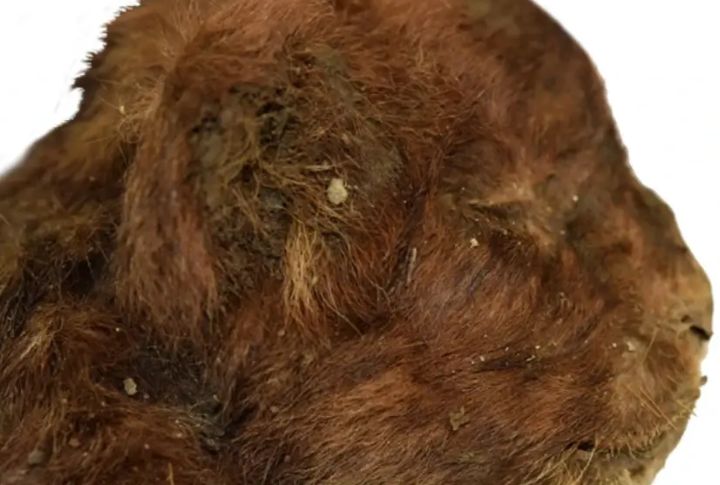
When researchers unearthed the tiny sabre-toothed kitten from Siberia’s permafrost, they were met with an extraordinary sight: soft fur still clinging to its body and miniature sharp fangs. Unlike the usual discoveries, which are often fragmented and skeletal, this specimen had been frozen mere weeks after birth.
44,000-Year-Old Ice Age Wolf
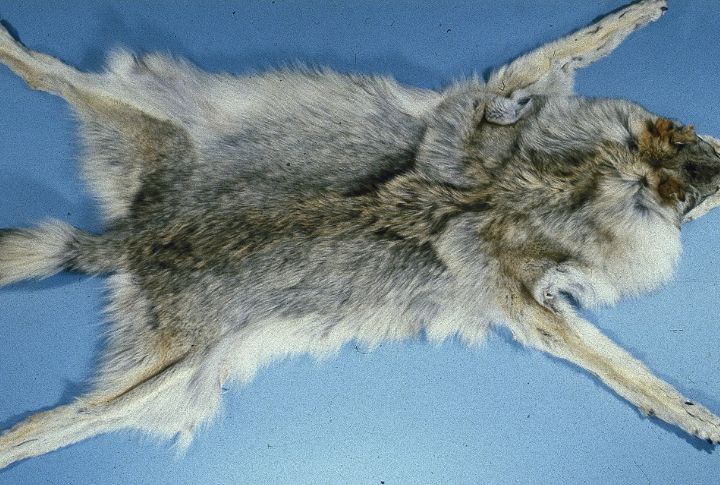
Though its eyes had vanished with time, the wolf’s head retained its original form, with fur still lining the snout and a full set of sharp teeth. The details remained clear. Unearthed from the deep permafrost of Yakutia, it stands as the oldest fully preserved wolf ever recovered.
35,000-Year-Old Sabre-Toothed Kitten (Homotherium)
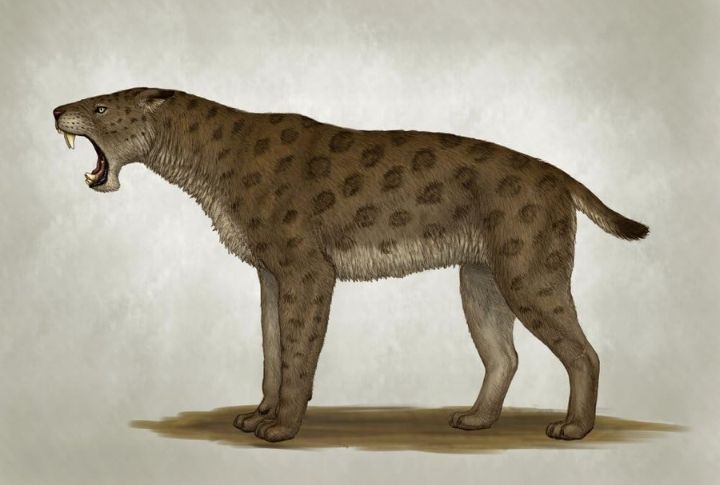
This tiny sabre-toothed predator, frozen at barely three weeks old, revealed more than just youth. It carried clues in its long limbs and thick neck; adaptations for running and life in the snow. Perfectly preserved in Siberia, it gave scientists their first detailed look at Homotherium.
32,000-Year-Old Prehistoric Microbes

The discovery wasn’t large or visible, but it was no less unsettling. Carnobacterium pleistocenium, found deep in Alaskan permafrost, was brought back to life after 30,000 years in stasis. Its resilience reminded researchers that ancient microbes could still pose unknown risks.
45,000-Year-Old Woolly Musk Ox Carcass
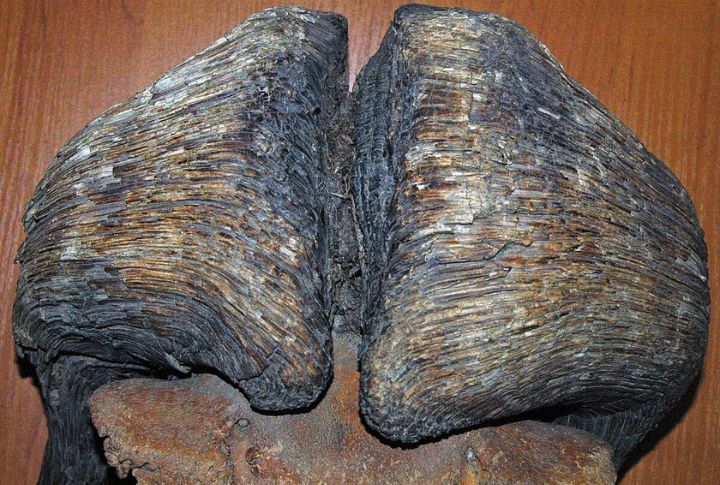
Although musk oxen still exist today, this one belonged to a colder world. Its remains were dug from Siberian ground, and bones revealed a bulkier, tougher animal compared to modern relatives. The fossil record paints a picture of survival drawn across the Pleistocene era.
28,000-Year-Old Cave Lion Cubs
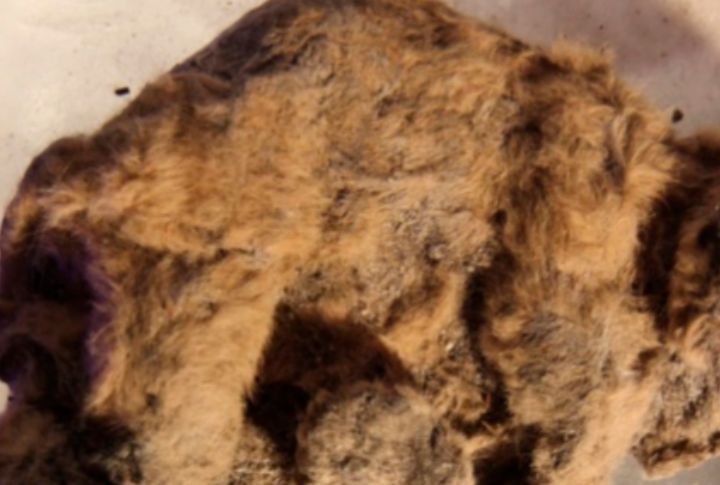
They were lying side by side, as if still asleep. Unearthed from the Yakutian permafrost, these two cave lion cubs had paws and even whiskers almost fully intact. Thanks to them, researchers could finally study the color and texture of one of the Ice Age’s most elusive big cats.
32,000-Year-Old Woolly Rhinoceros Remains
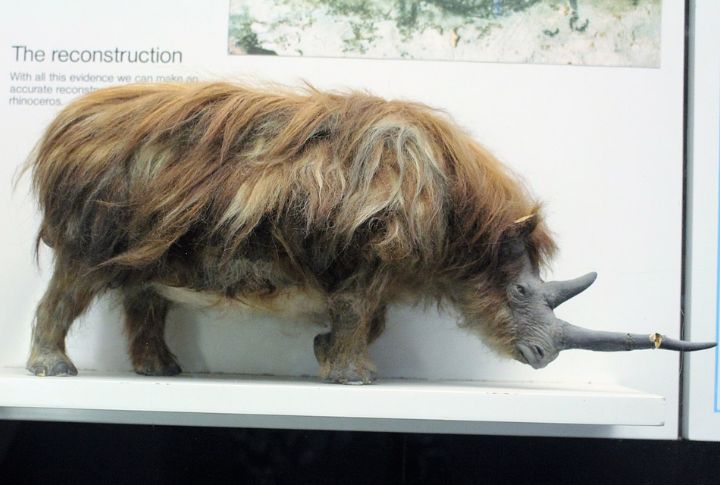
Discovered in Siberian permafrost, the woolly rhinoceros specimen included rare fragments of nasal horn, limbs, and soft tissue. Even the intestines were astonishingly well-preserved. As one of the few finds with surviving internal structures, it provided rare anatomical insight into a species that disappeared around 14,000 years ago.
39,500–22,000-Year-Old Siberian Cave Bear Carcass
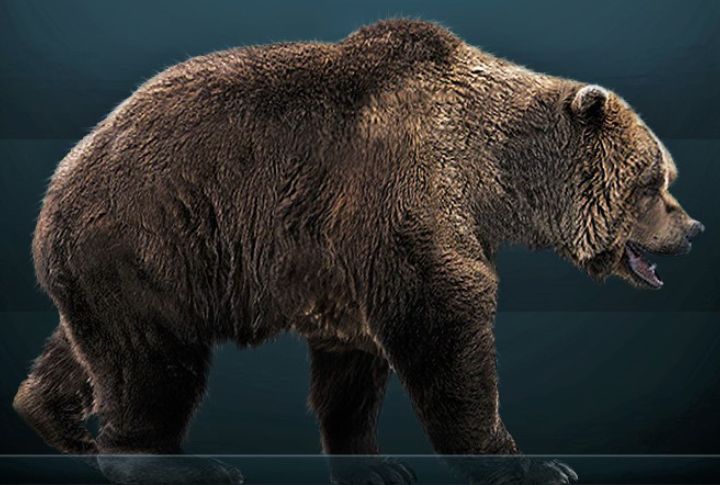
Frozen in time with its fur and internal organs still intact, the cave bear emerged from Bolshoy Lyakhovsky Island. It’s one of the only complete specimens ever found, far beyond the usual bone fragments. The discovery offered an unprecedented look at a powerful predator from Siberia’s Ice Age past.

